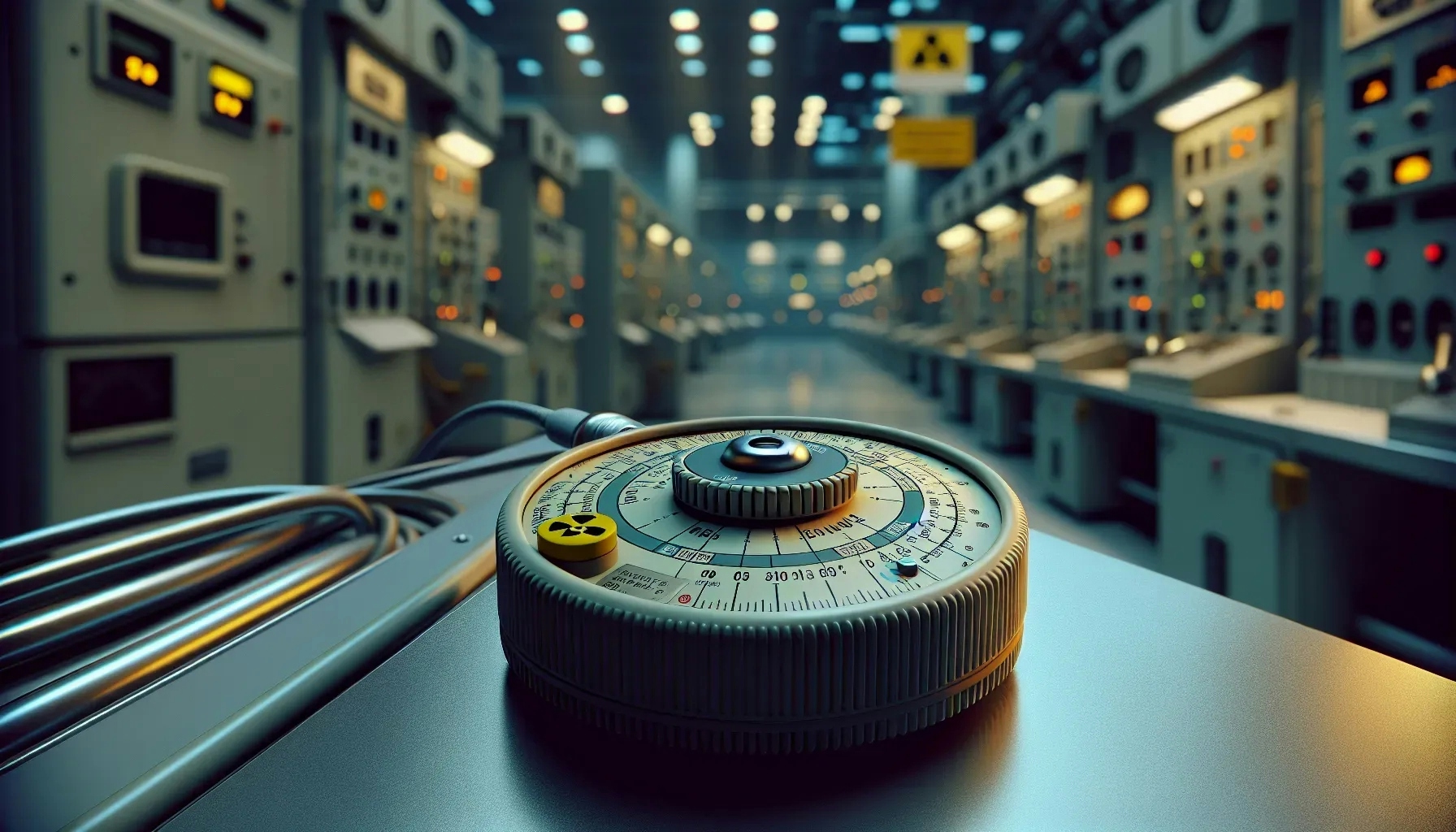How Do You Handle Discrepancies in Radiation Measurement Readings?
When faced with the challenge of discrepancies in radiation measurement readings, a seasoned Radiation Physicist shares how the use of specialized software like MIDAS and RASCAL can be pivotal. Alongside expert perspectives, we've included additional answers that provide a broader scope of strategies employed in such situations. From meticulous recalibration of instruments to the final step of reporting to supervisory authorities, discover the diverse approaches taken by professionals in the nuclear energy field.
- Use MIDAS and RASCAL Software
- Recalibrate Measuring Instruments
- Cross-Check With Alternative Detectors
- Consult Radiation Protocol Manuals
- Compare Against Known Standards
- Report to Supervisory Authorities
Use MIDAS and RASCAL Software
Depending upon the degree of measurement and the type of measurement being performed, we can offer several alternatives. If the radiation measurements are done with dose projection, we use MIDAS as the dose-assessment software to mirror the nuclear power plant facility. We then use RASCAL, an NRC-provided software, to replicate this result, knowing that a degree of 10 may play a factor.
If the measurements are physical in nature, we simply ask someone on-scene to duplicate the measure. If there is no one else on scene or in the vicinity, we will check all of the calibration readings and background levels (which should have been done prior to scene arrival), and if the readings are still discrepant, then we take as many readings as possible and document such to determine later on if the readings were due to instrument error or human error. An average may be taken if the readings are low enough. If they are significantly higher with larger discrepancies, one would take the highest reading that may prompt an action to protect the health and safety of the public.
Recalibrate Measuring Instruments
When discrepancies in radiation measurement readings occur, the initial step is to recalibrate the instruments. This process ensures that the measuring device returns to the standard settings and measures accurately. Recalibration is essential for maintaining the precision and reliability of the readings.
If the discrepancy persists after recalibration, it could indicate a more serious issue with the equipment. Ensure that recalibration is performed regularly to prevent such incidents and always follow up with further investigation if the problem continues.
Cross-Check With Alternative Detectors
In the event of inconsistent radiation measurements, it's prudent to cross-check the readings using alternative detectors. Utilizing different instruments can help verify the accuracy of the original readings. This strategy not only helps to identify potential malfunctions in the primary device but also reaffirms the data integrity.
It's important to have access to more than one type of detector for such purposes. If you encounter discrepancies, reach out for an alternative measurement device to confirm your readings.
Consult Radiation Protocol Manuals
Upon encountering discrepancies in radiation readings, one should promptly consult the radiation protocol manuals. These manuals contain standardized procedures that guide users on how to address such inconsistencies. The manuals often include troubleshooting techniques, which can be instrumental in resolving issues without escalating them.
Ideally, the manuals should be kept within easy reach so one can refer to them quickly. When faced with measurement discrepancies, grab the manual and follow the laid-out procedures to correct the readings.
Compare Against Known Standards
When radiation measurement readings do not align, comparing them against known standards can provide clarity. Known standards act as benchmarks that ensure the readouts from measuring devices are within acceptable limits. Such standards are typically established through extensive testing and are widely recognized as reliable points of reference.
By comparing inconsistent readings to these standards, one can determine whether the readings are accurate or if there is a need for equipment maintenance. Always have the known standards at hand and use them to validate your instrument's accuracy.
Report to Supervisory Authorities
Should discrepancies arise in radiation readings, it is critical to report these findings to supervisory authorities. These authorities are responsible for ensuring safety and compliance with regulations. They possess the expertise to assess the situation and advise on the necessary steps to rectify the discrepancies.
Moreover, reporting such issues helps maintain transparency and accountability. Therefore, if you encounter a discrepancy in your readings, do not hesitate to inform the appropriate supervisory authorities immediately.

